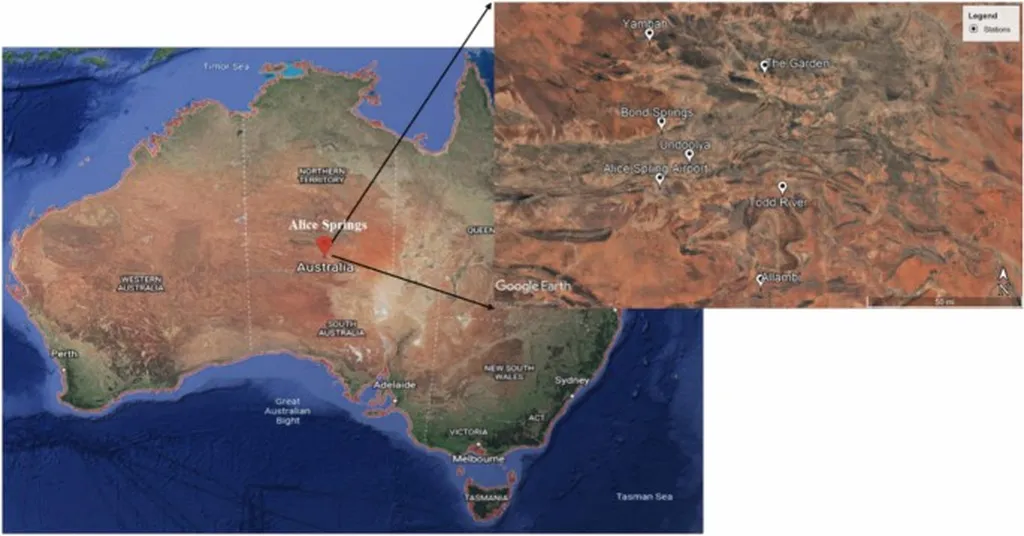In the heart of China, researchers are harnessing the power of machine learning to tackle one of agriculture’s most pressing challenges: drought prediction. Led by Efrem Yohannes Obsie of the Knowledge and Data Engineering Laboratory of Chinese Medicine at the University of Electronic Science and Technology of China, a novel approach combines phenotypic and agrometeorological data to enhance drought monitoring in winter wheat fields.
Droughts pose significant threats to global food security, with the potential to severely impact plant growth and agricultural sustainability. Traditional monitoring methods often rely on unimodal data, which may not fully capture the complexity of drought phenomena. Obsie and his team aimed to change this by developing a multimodal framework that integrates drought-stressed winter wheat images with field-collected agrometeorological data.
The researchers evaluated two machine learning algorithms: Random Forest (RF) and Extreme Gradient Boosting (XGBoost). Image-based phenotypic features were extracted using a CNN-based network, resulting in 512 features, while handcrafted methods generated an additional 48 features. To optimize efficiency, mutual information (MI) was used for feature selection, and the grasshopper optimization algorithm (GOA) was employed for hyperparameter tuning.
The results were impressive. The GOA-optimized RF model achieved an average accuracy of 98.75%, outperforming the unimodal model by 5.75%. “Our findings demonstrate the effectiveness and superior performance of the proposed method under various challenging data conditions, such as noise and occlusion,” Obsie explained. This breakthrough holds great potential for real-world agricultural applications, offering a more robust and accurate tool for drought prediction.
The implications of this research extend beyond the agricultural sector. In an era of climate change, where extreme weather events are becoming more frequent and unpredictable, accurate drought prediction is crucial for food security and economic stability. For the energy sector, understanding drought patterns can help manage water resources more effectively, particularly in regions where water is used for cooling power plants or generating hydroelectric power.
Published in the journal *Smart Agricultural Technology* (translated from Chinese as *智能农业技术*), this study highlights the transformative potential of machine learning in agriculture. As climate change continues to pose challenges, innovative solutions like this one will be essential for building resilient and sustainable agricultural systems.
Obsie’s work not only advances the field of drought prediction but also paves the way for future developments in agricultural technology. By combining multimodal data with advanced machine learning techniques, researchers can develop more accurate and reliable tools for monitoring and managing agricultural conditions. This research serves as a testament to the power of interdisciplinary collaboration and the potential of machine learning to address real-world challenges.
As we look to the future, the integration of machine learning and agricultural data promises to revolutionize the way we approach food security and resource management. With continued innovation and research, we can build a more resilient and sustainable world, one prediction at a time.

